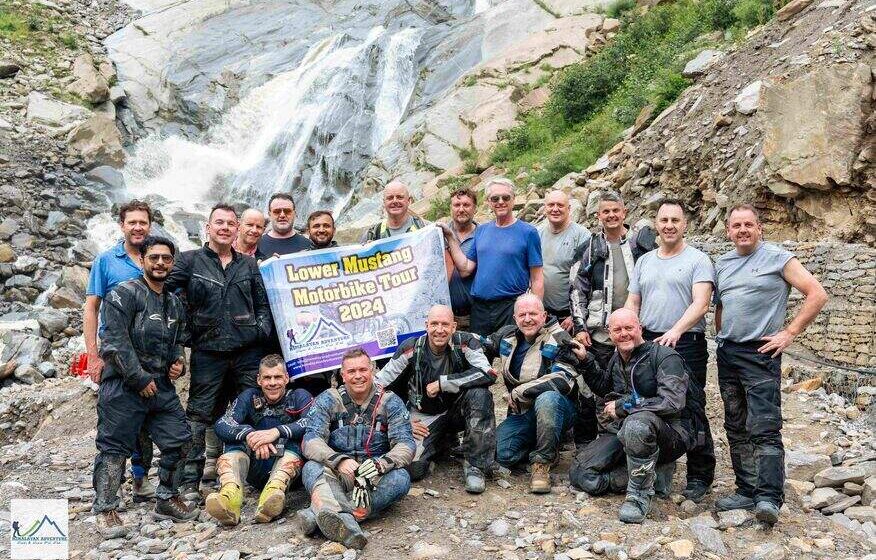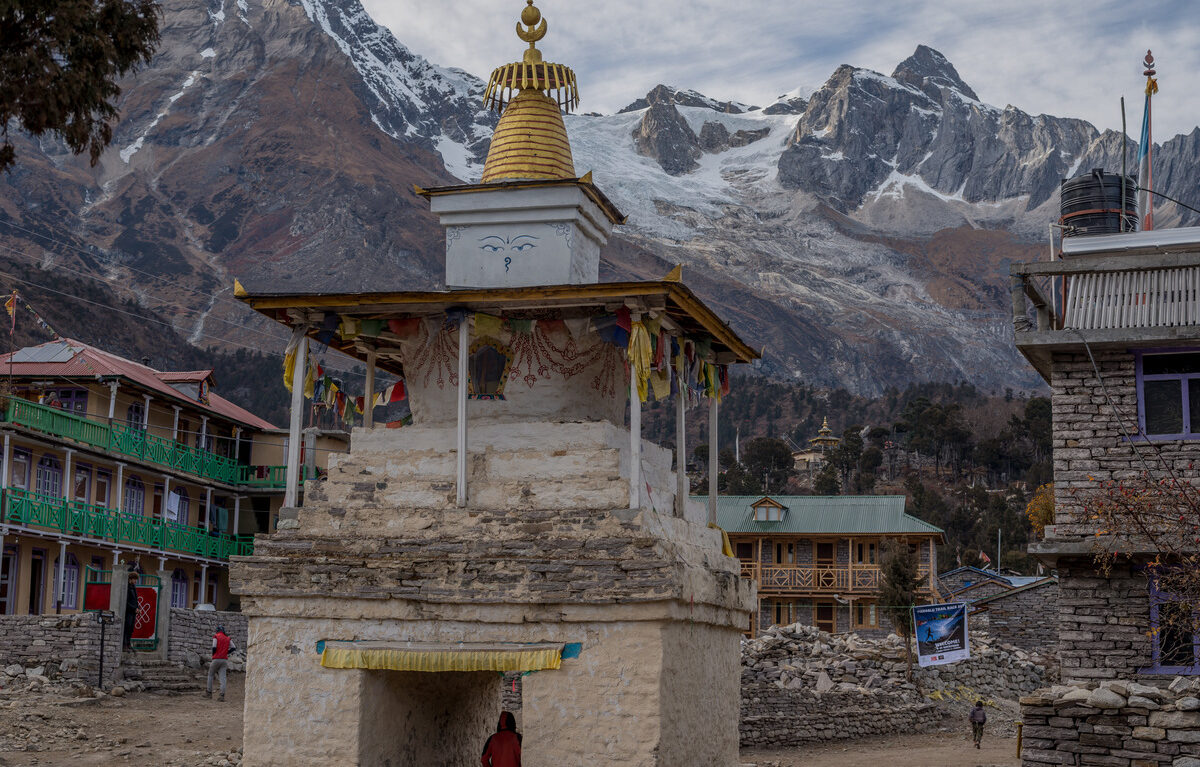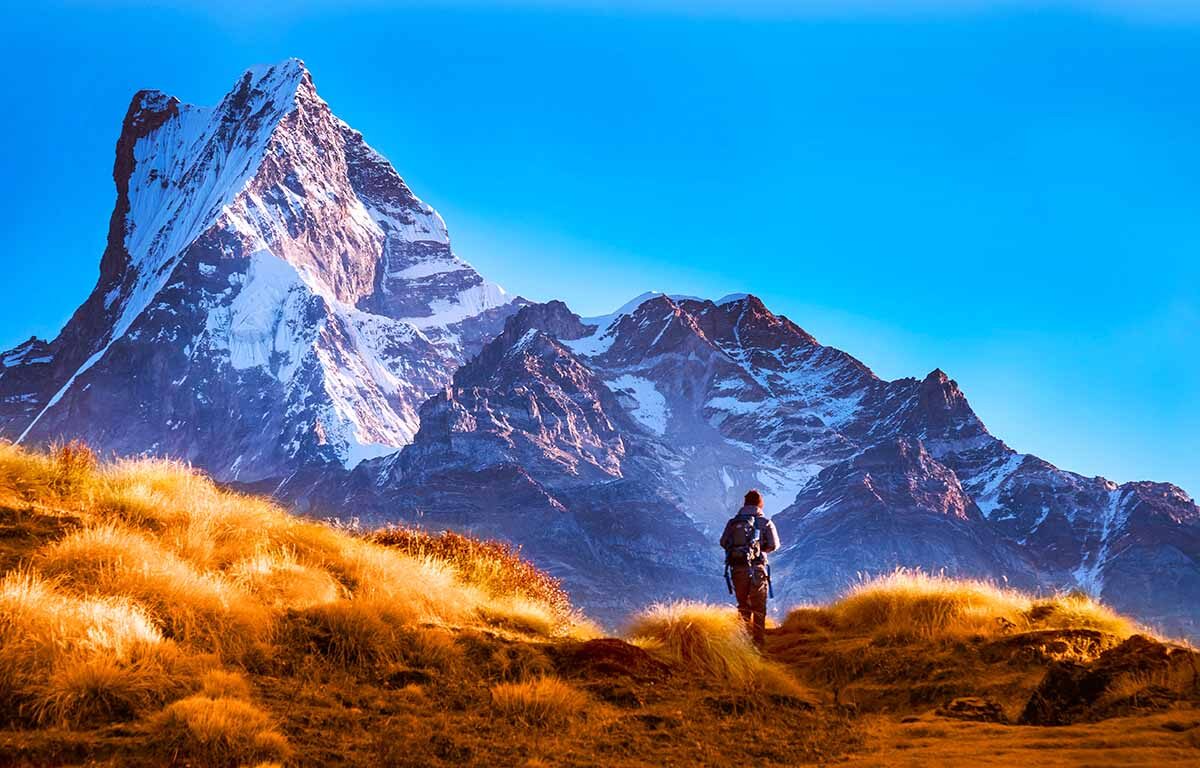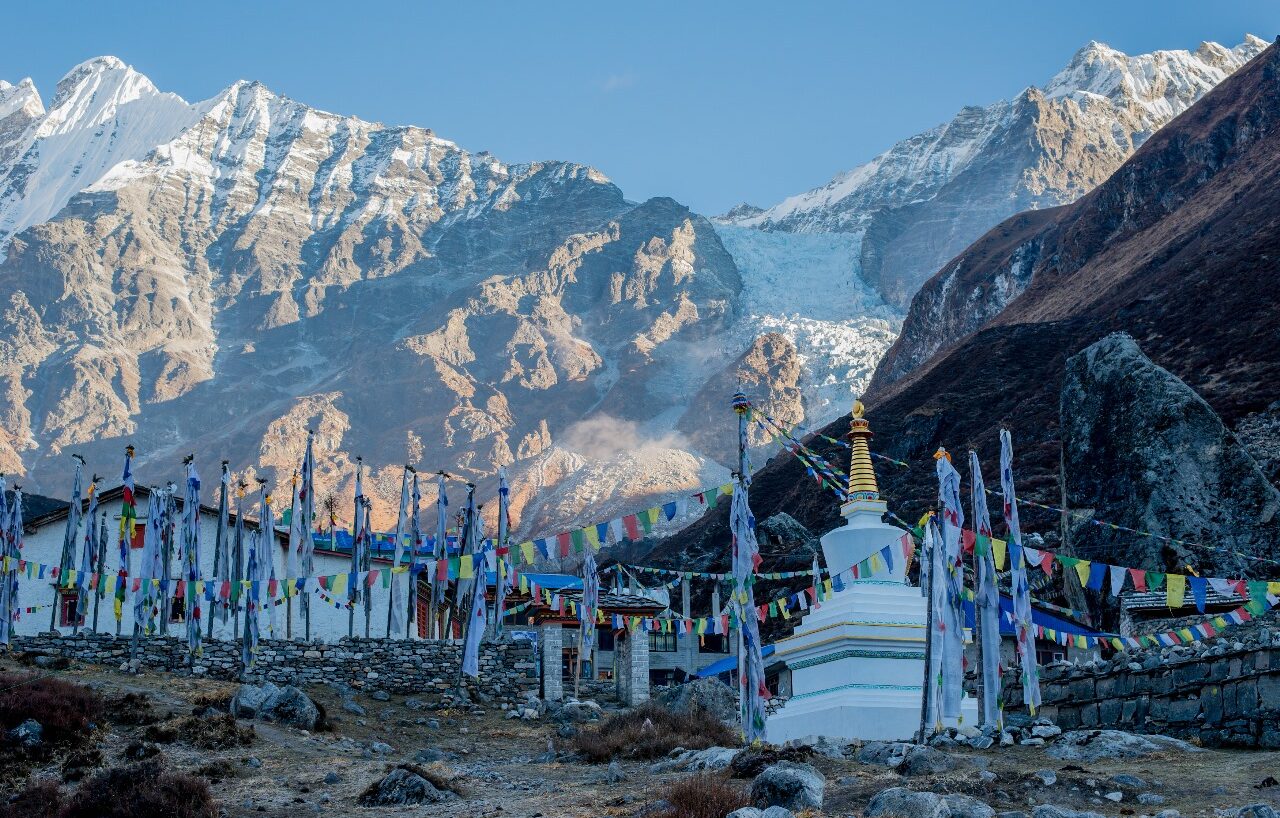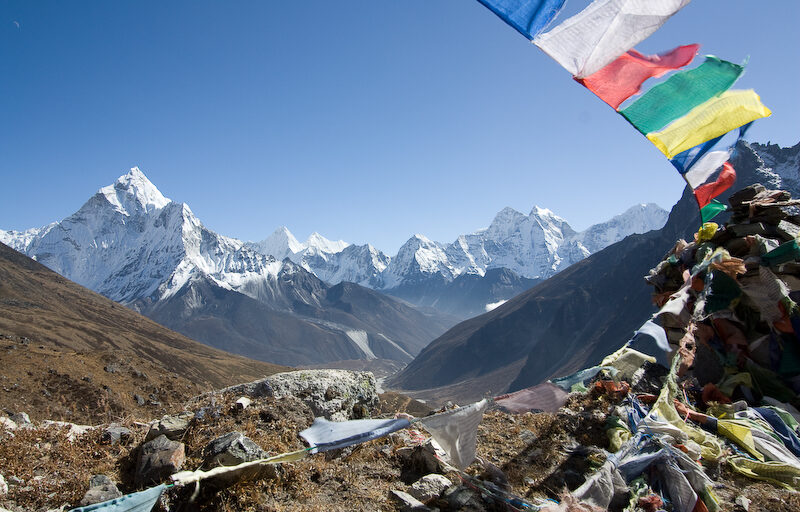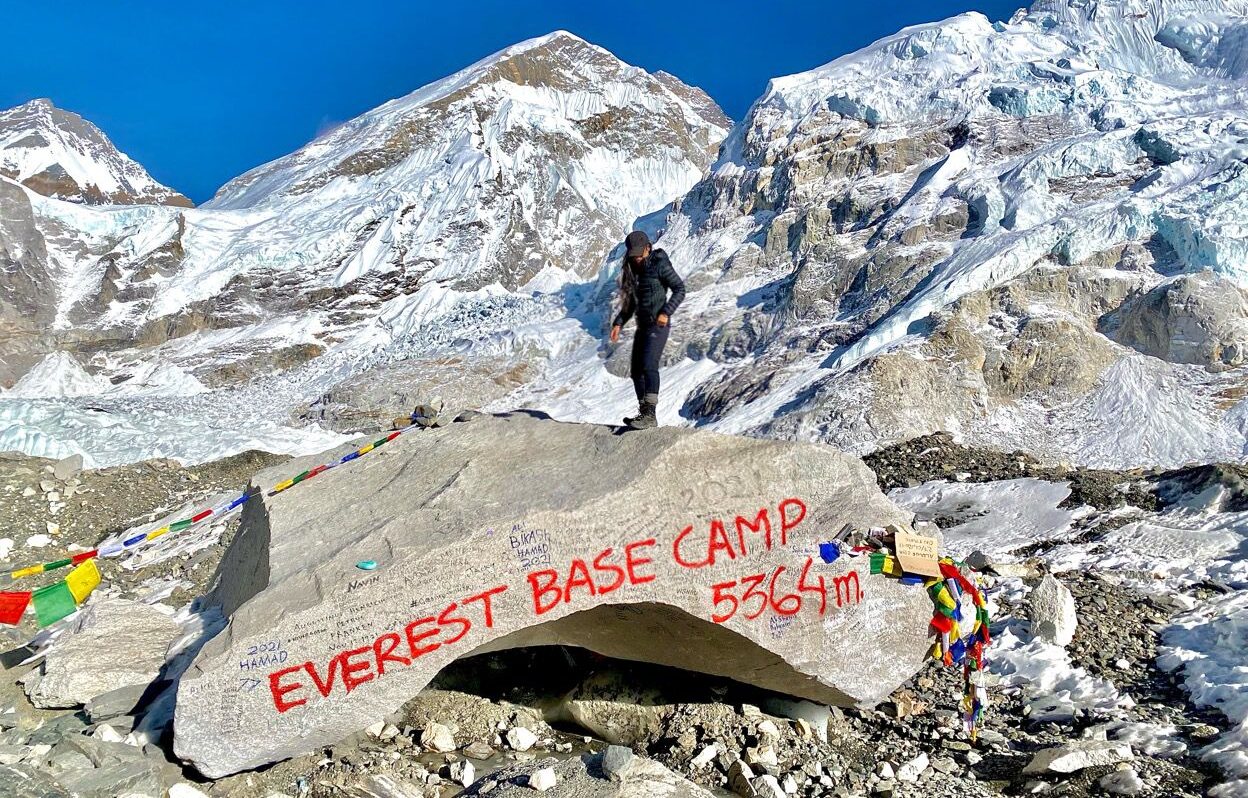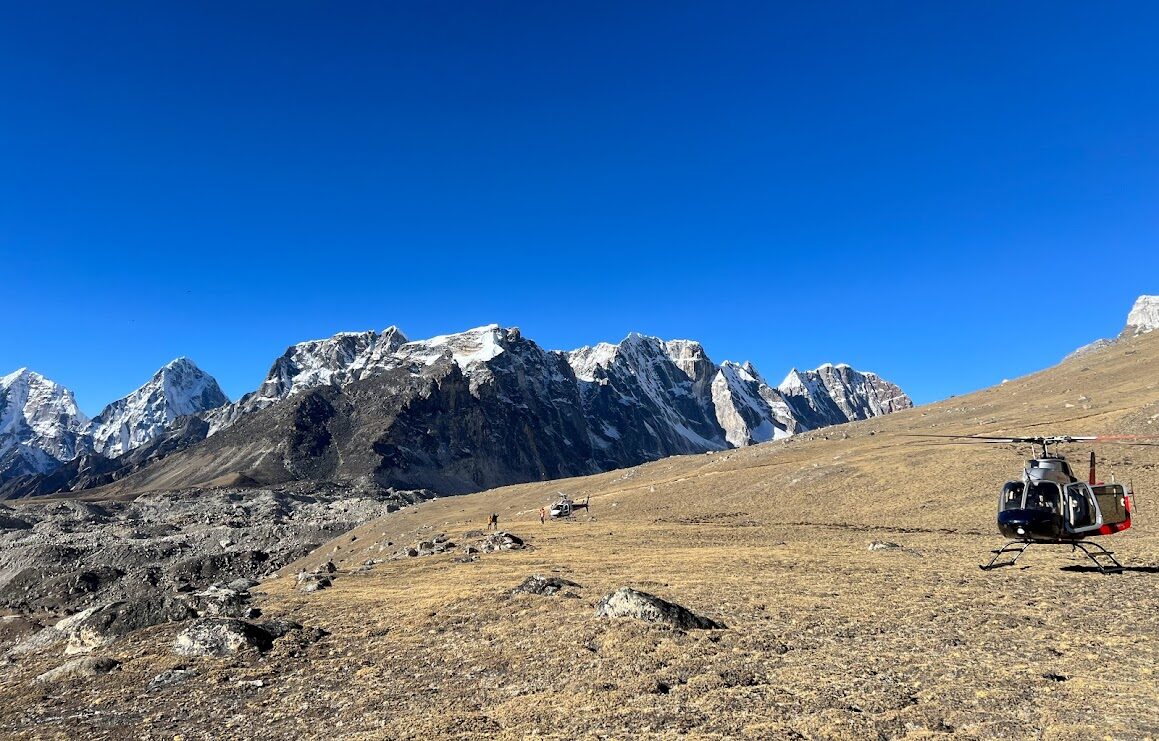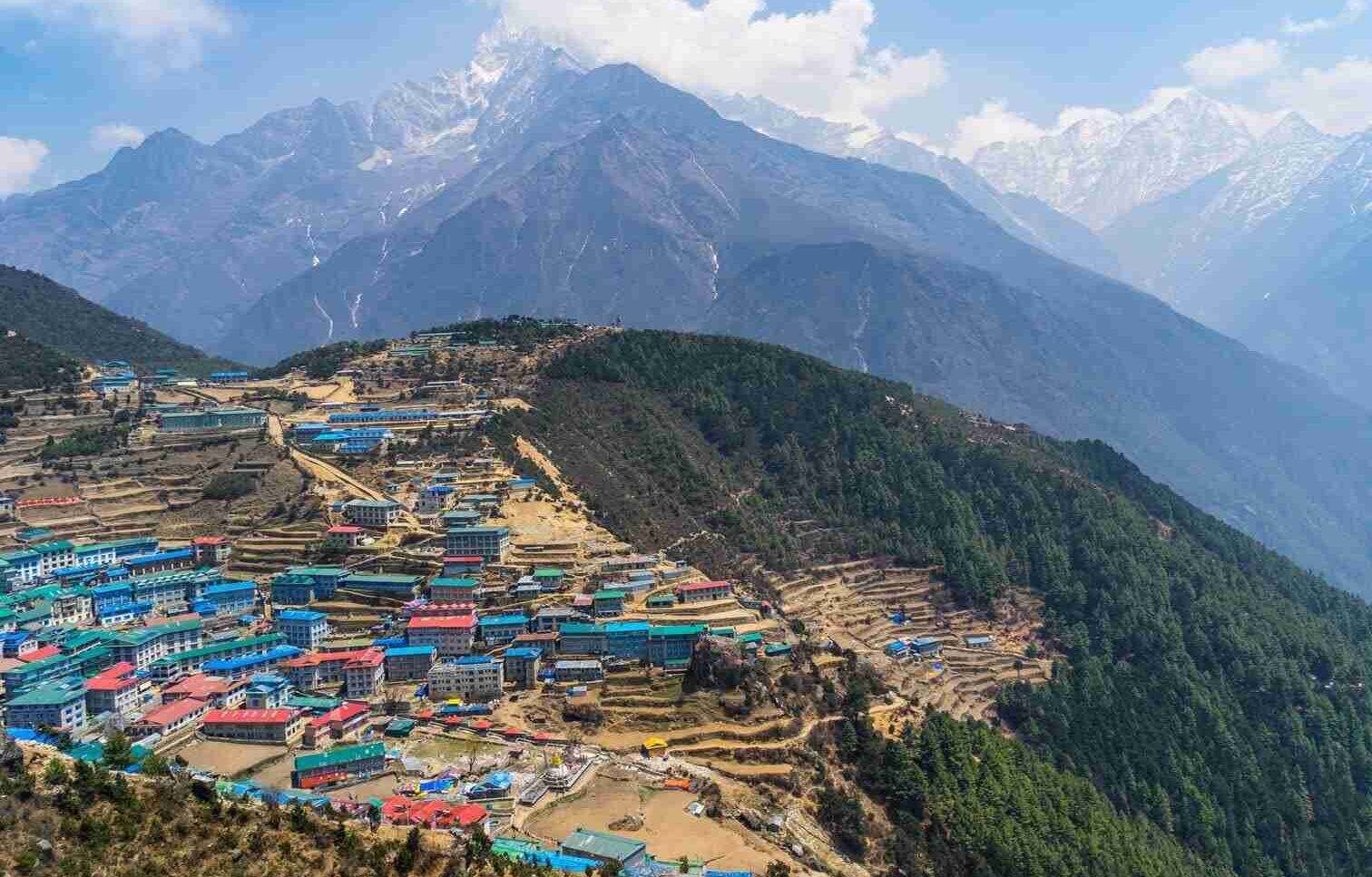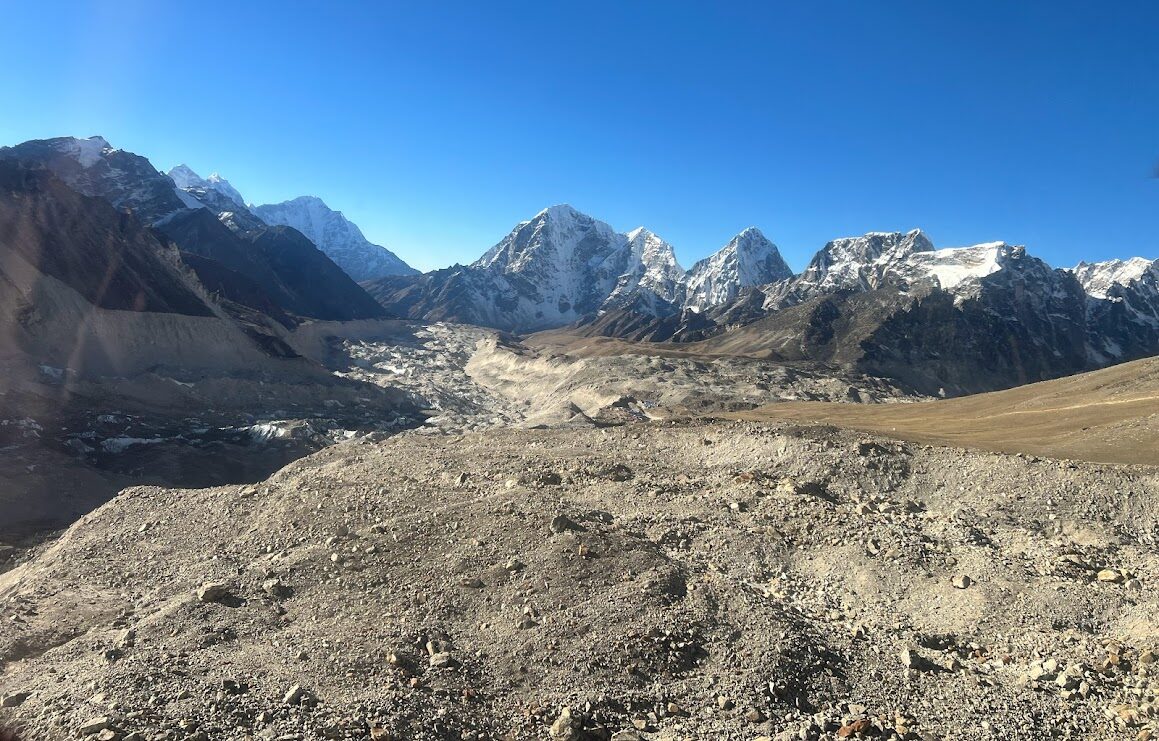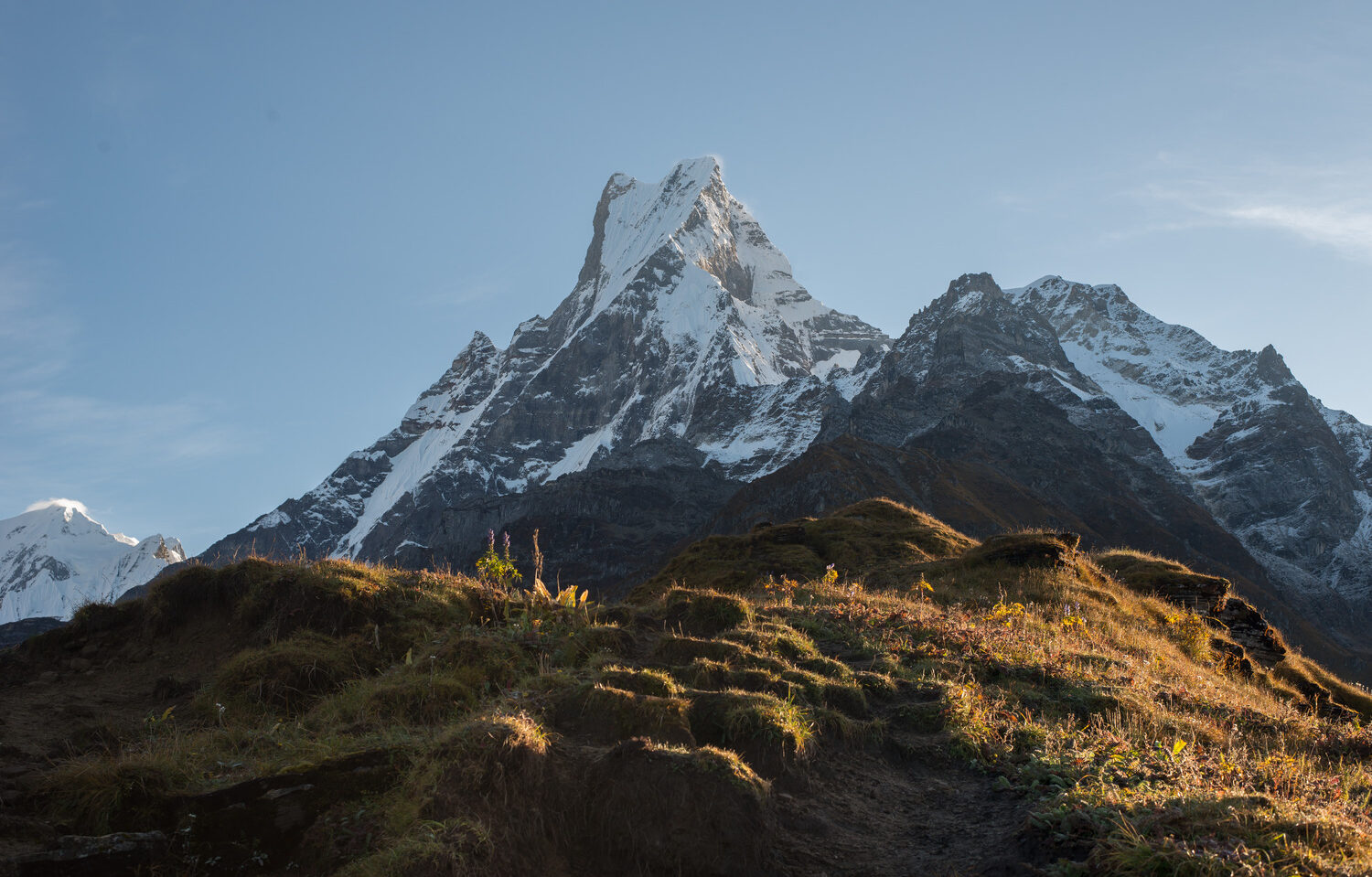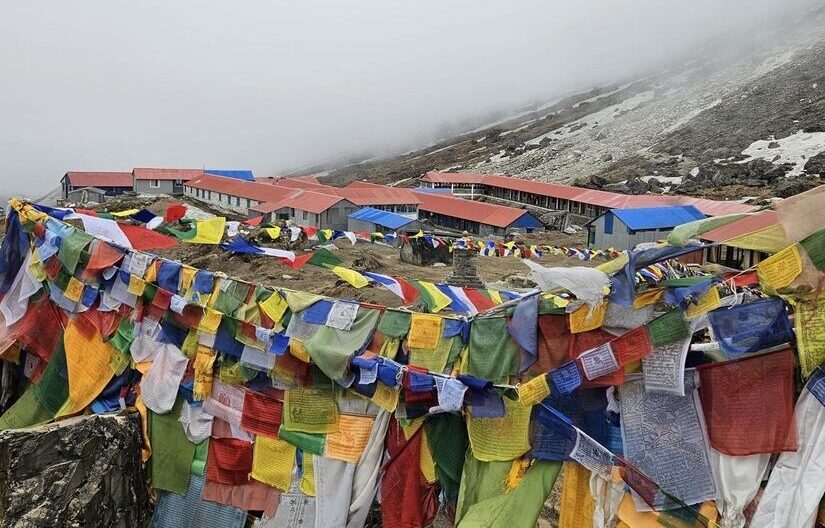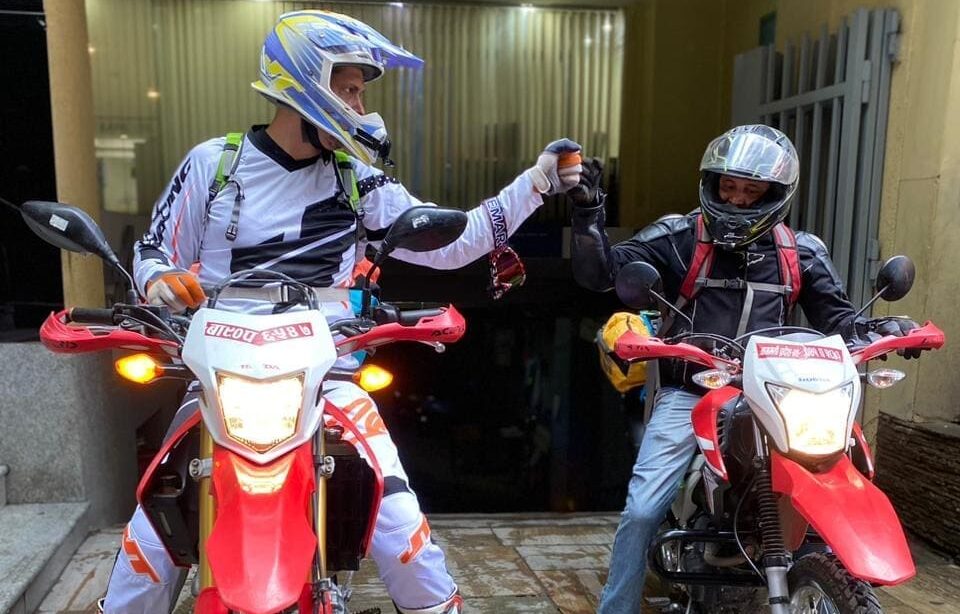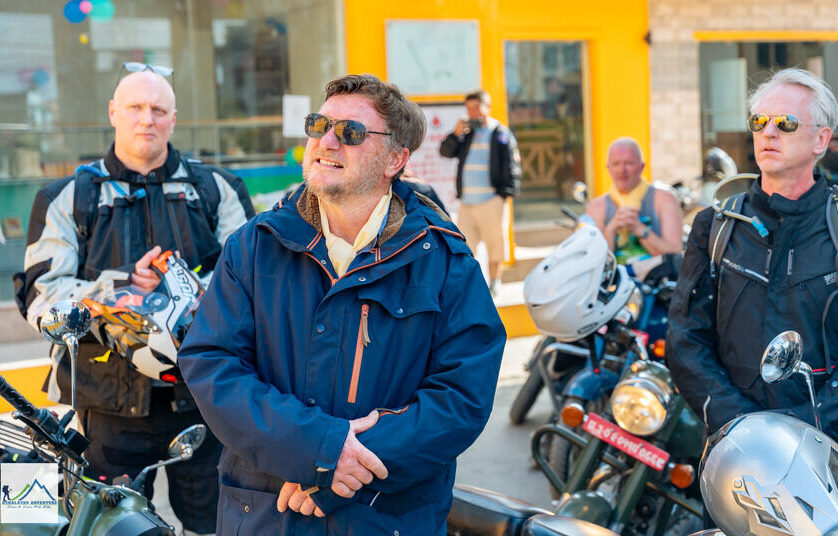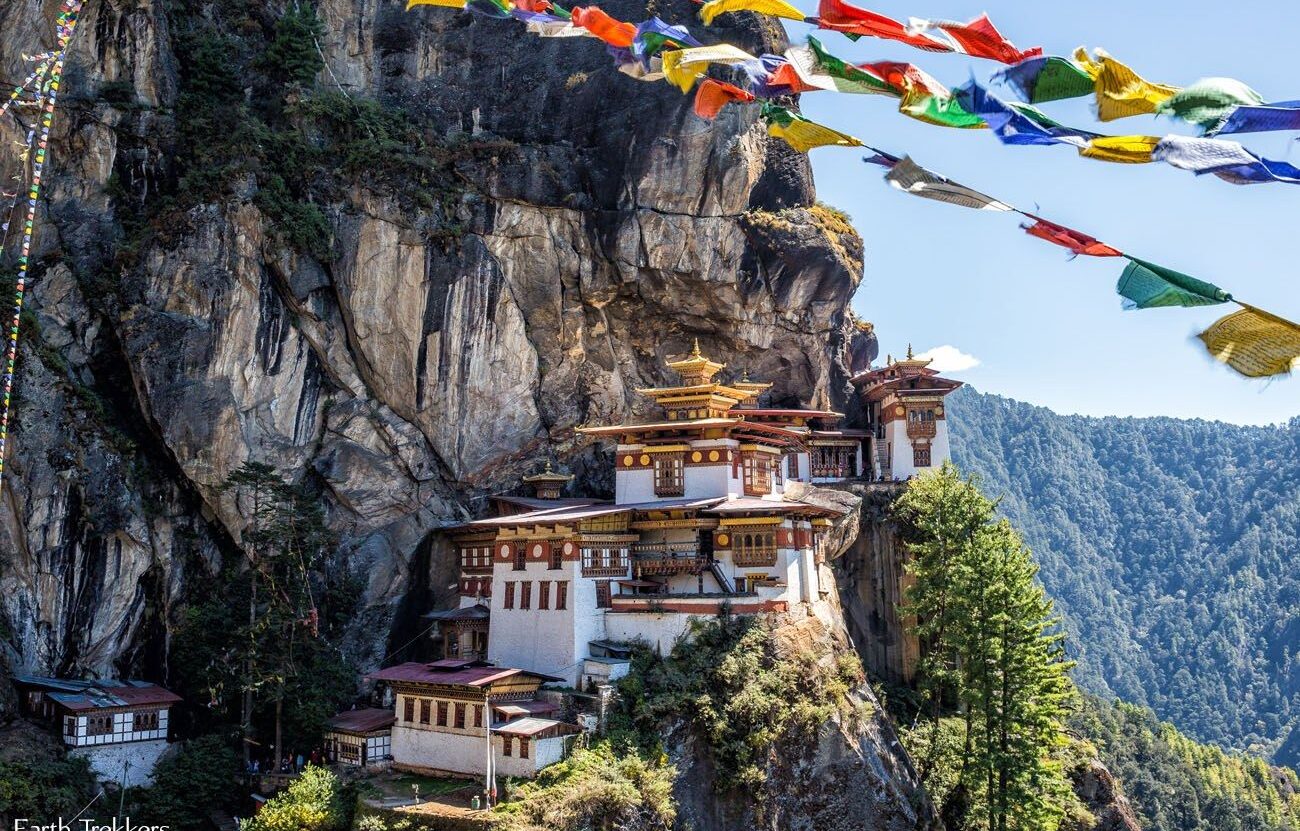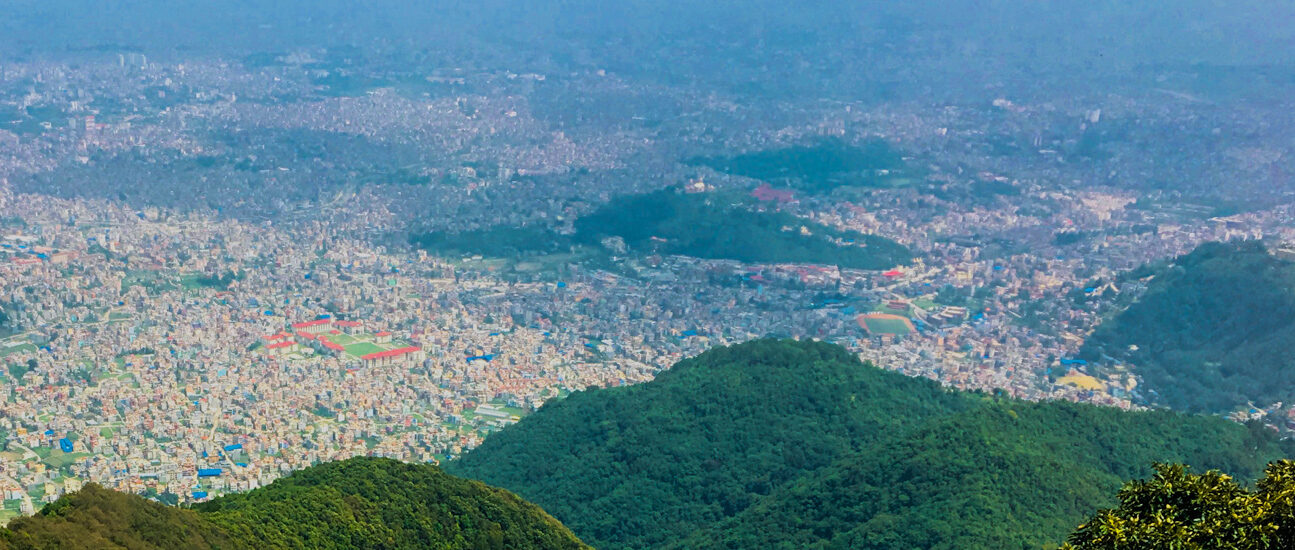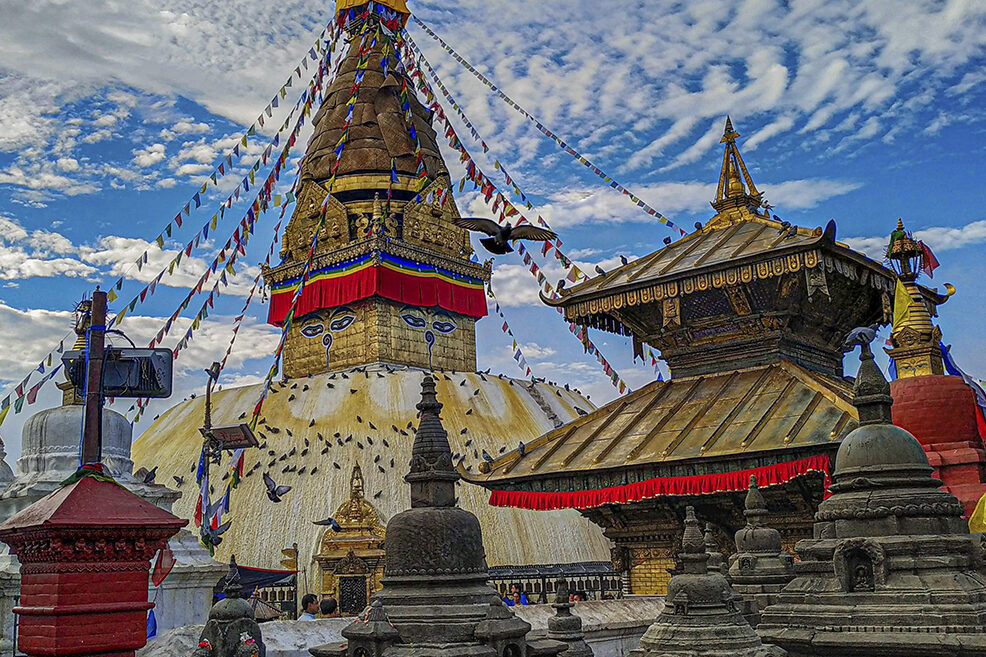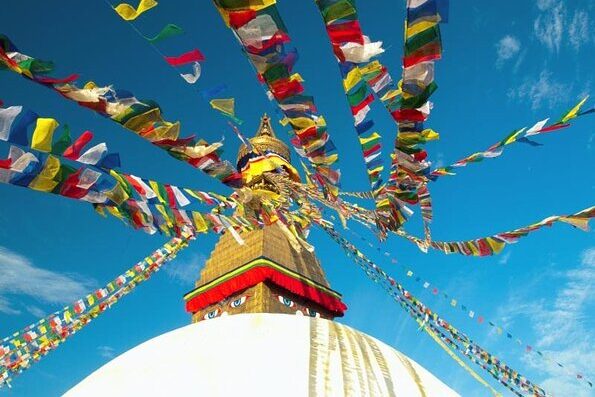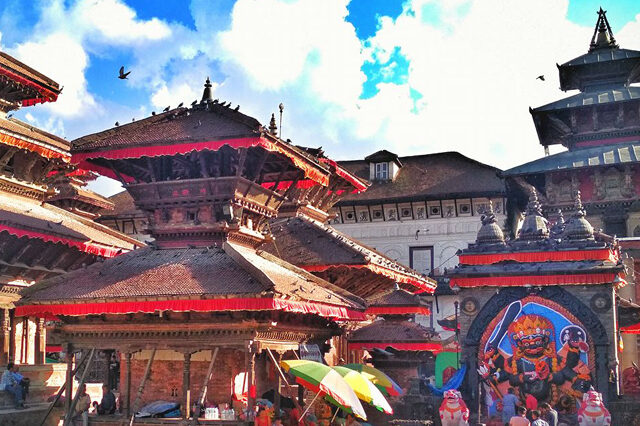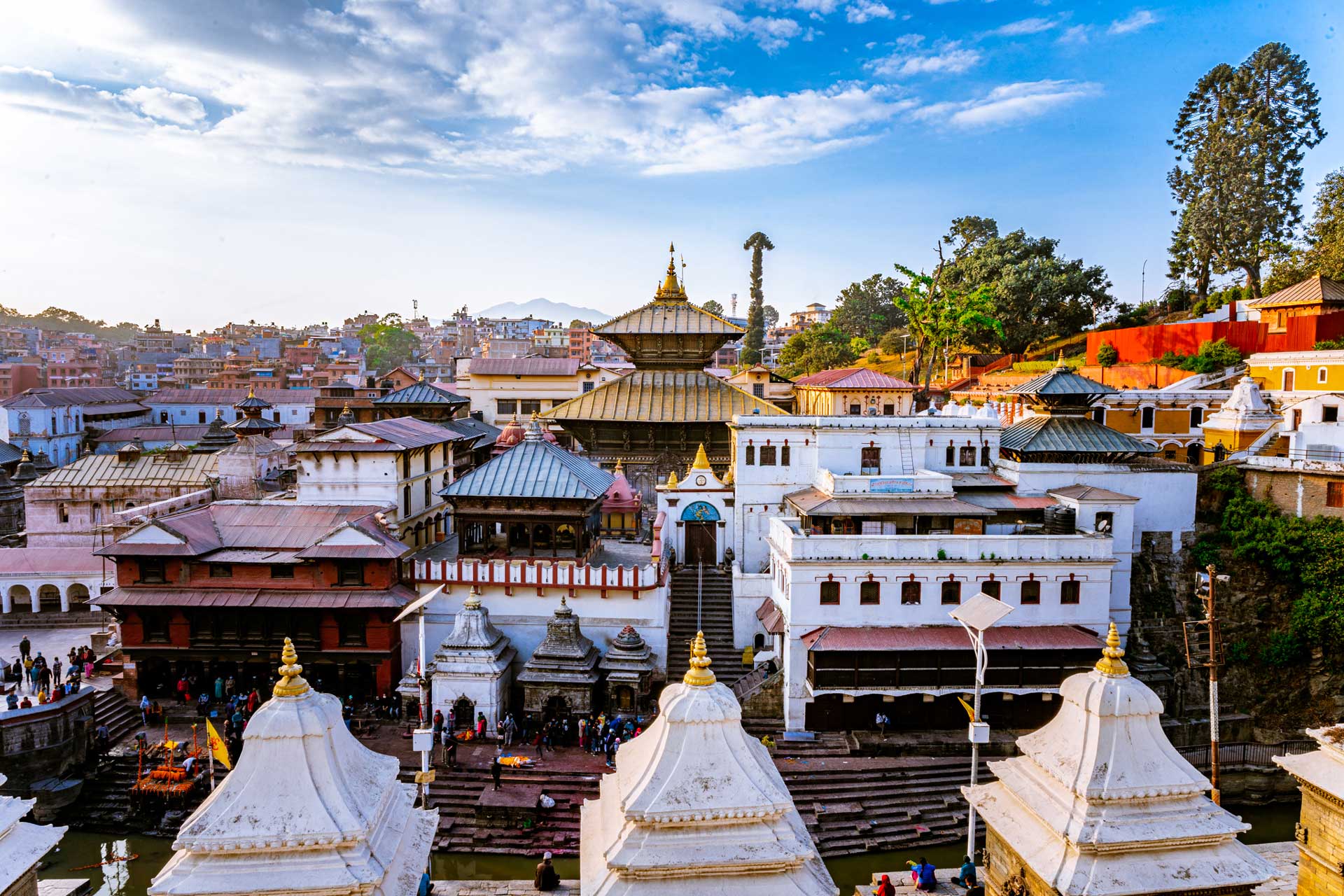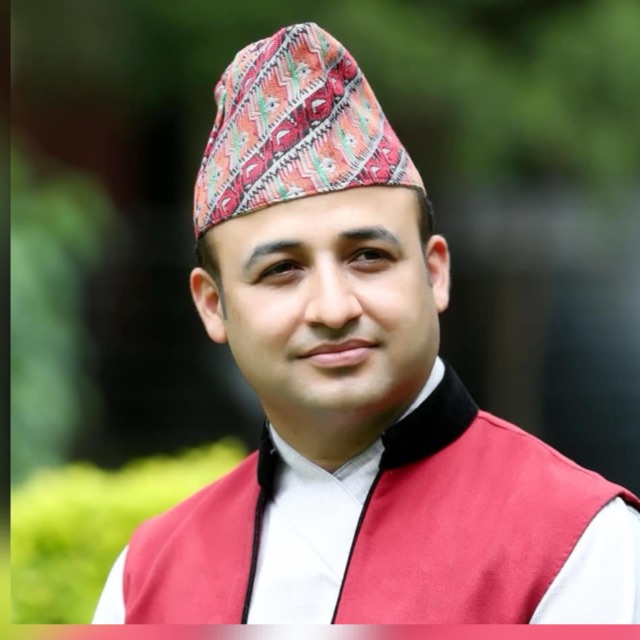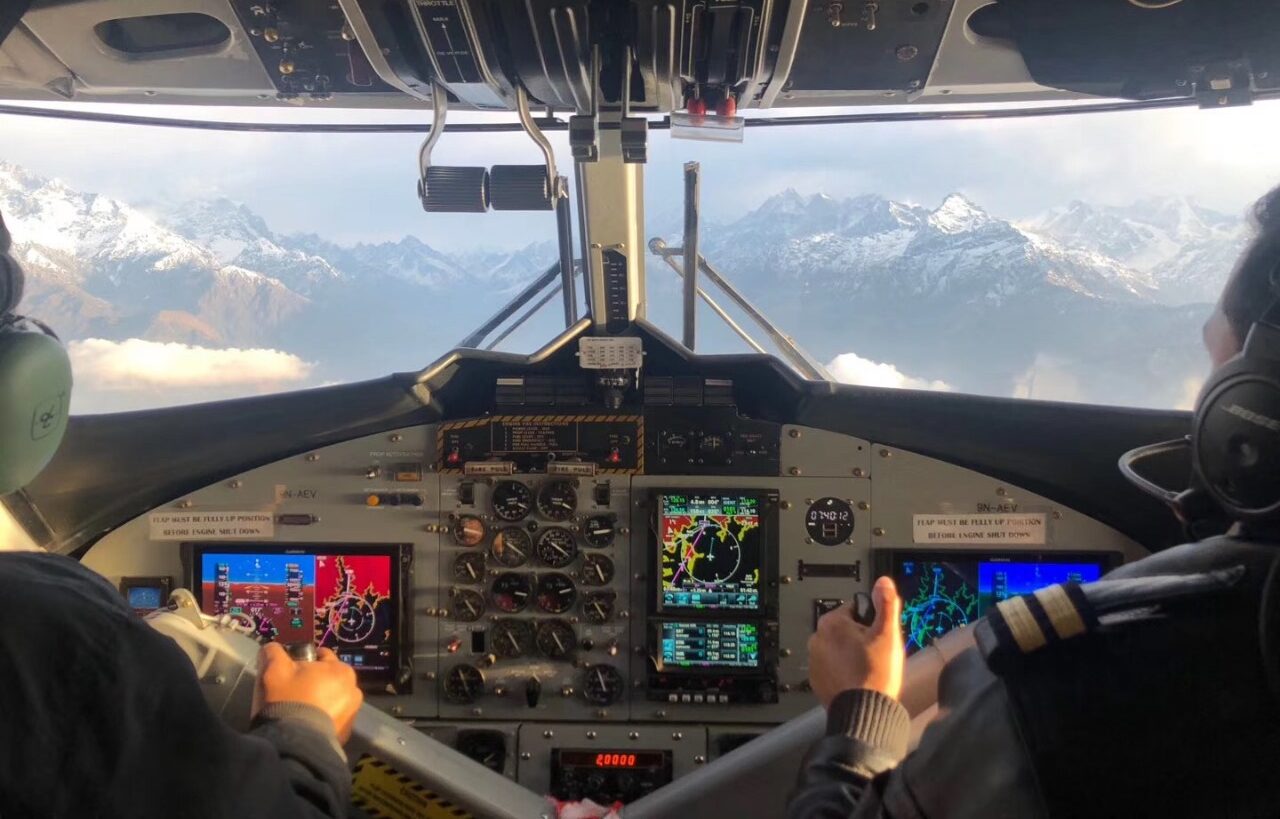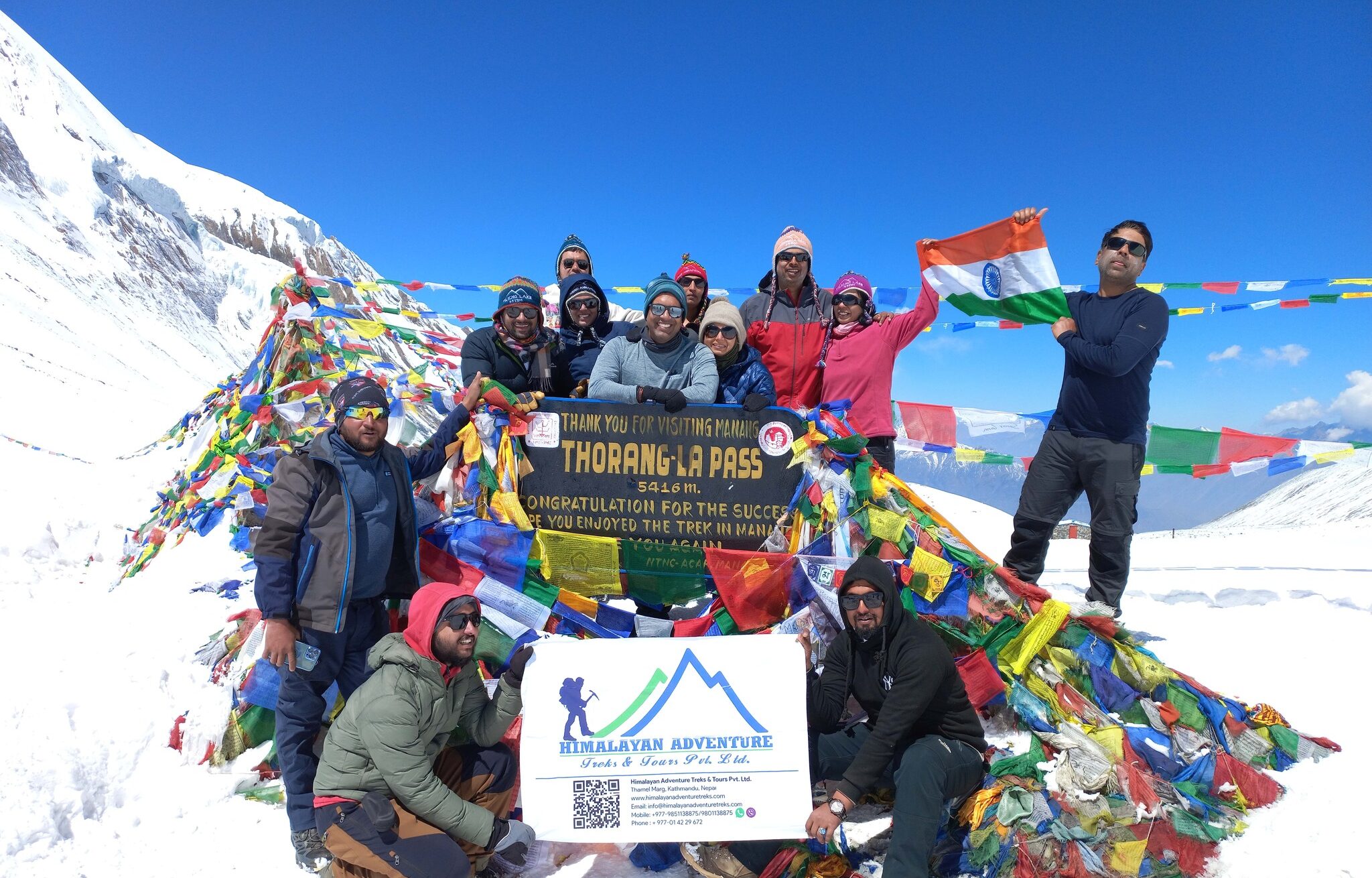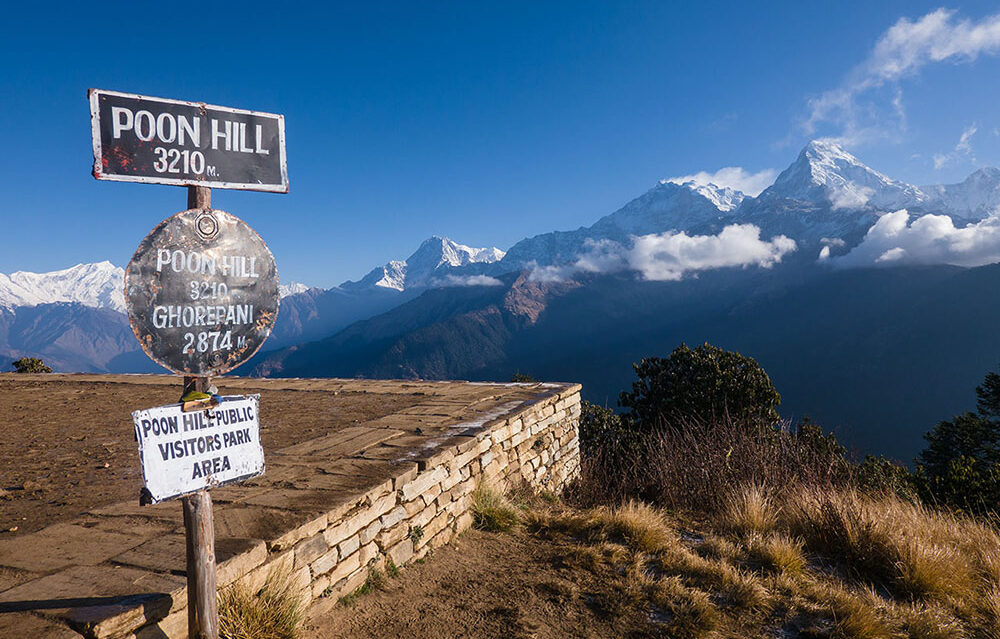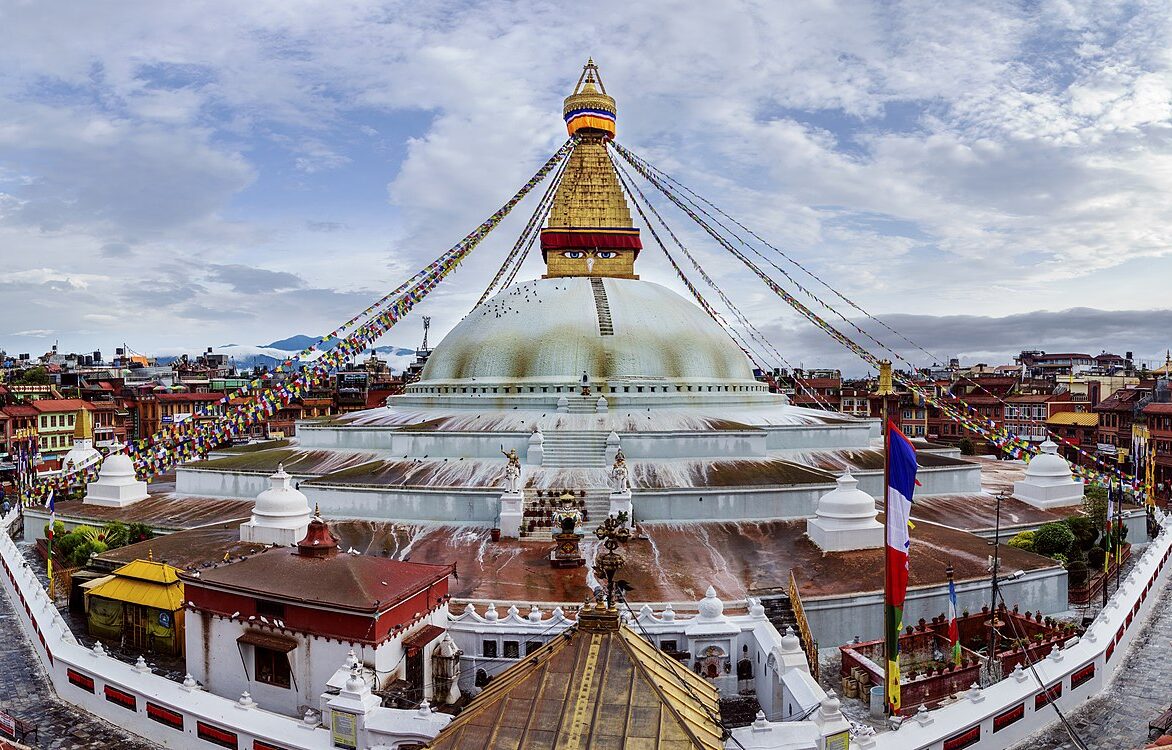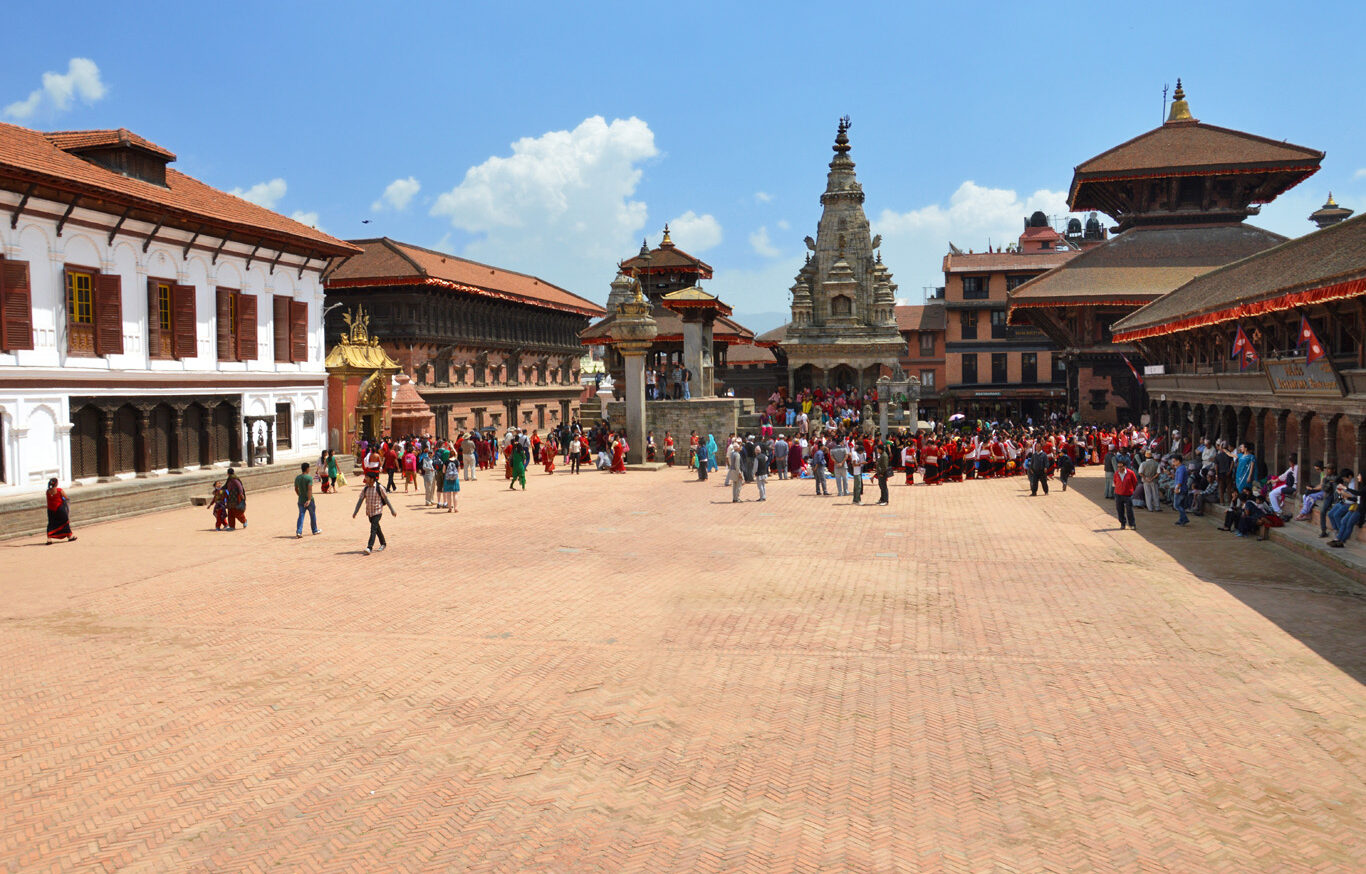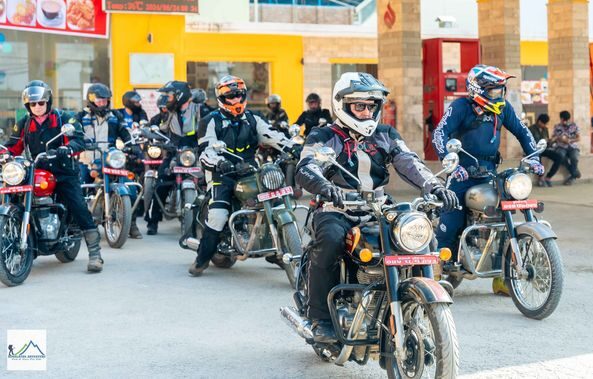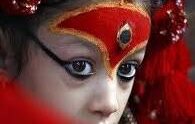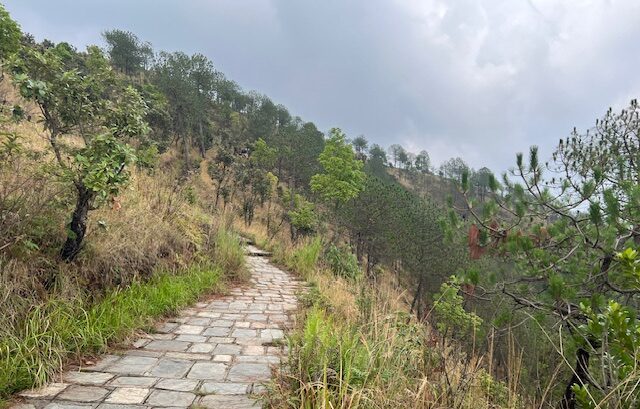Tour Duration
The Nepal Luxury Escape tour typically lasts between 8 to 10 hours each day, depending on the pace of exploration and traffic conditions. This duration allows ample time for both leisurely sightseeing and immersive cultural experiences. However, the exact timing may vary based on the itinerary for the day, and adjustments can be made to accommodate your preferences and pace, ensuring a relaxed and enjoyable experience.
Physical Requirements
The tour involves a moderate level of physical activity, including walking and climbing stairs, particularly at sites like Swayambhunath (the Monkey Temple) and Pumdikot Shiva Temple. Participants should be in good health and have a reasonable level of fitness to comfortably enjoy the tour. If you have any mobility concerns or specific physical limitations, please inform us in advance so we can tailor the itinerary to suit your needs, possibly by providing alternatives or minimizing strenuous activities.
Dress Code
Modest clothing is strongly recommended, particularly when visiting religious sites such as temples and stupas. Both men and women should ensure that their shoulders and knees are covered out of respect for local customs and religious practices. Light, breathable fabrics are advisable in the warmer months, while layering is recommended for cooler mornings and evenings. For those planning to visit temples, it’s a good idea to carry a scarf or shawl that can be used to cover up as needed.
Weather Considerations
Kathmandu’s weather can vary significantly depending on the time of year. Spring and autumn offer mild and pleasant conditions, making them the ideal seasons for travel. During these times, light clothing and a warm layer for the early mornings and evenings are usually sufficient. In the monsoon season (June to August), it’s advisable to carry an umbrella or rain jacket due to frequent rains, while the winter months (December to February) may require warmer clothing, particularly in the mornings and evenings. We recommend checking the weather forecast before your trip to pack accordingly and ensure a comfortable experience.
Photography
Photography is generally allowed at all the sites you will visit, offering plenty of opportunities to capture the stunning landscapes, architecture, and cultural moments. However, it’s important to be respectful, especially during religious ceremonies or when photographing local people. Always ask for permission before taking photos of individuals, particularly monks, or during sacred rituals. In some temples, photography inside the main shrine or near religious statues may be restricted, and your guide will advise you on the appropriate etiquette.
Language
The tour is conducted in English by knowledgeable local guides who are fluent in the language and well-versed in Nepal’s history, culture, and traditions. If you prefer, guides fluent in other languages, such as French, German, Spanish, Chinese, or Japanese, can be arranged upon request. Please notify us in advance if you require a guide who speaks a language other than English so we can make the necessary arrangements.
Cultural Respect
Nepal is a country rich in tradition, culture, and religious practices, and visitors are encouraged to show respect for local customs. When visiting temples and other sacred sites, it is customary to remove your shoes before entering. You should also avoid touching religious objects or statues unless invited to do so by a local or guide. Engaging with locals in a respectful manner, being mindful of local customs, and observing quietness in sacred spaces will greatly enhance your experience and ensure you are welcomed warmly by the communities you visit.
Health and Safety
Your health and safety are our top priorities during the tour. We recommend carrying hand sanitizer, wearing comfortable walking shoes, and staying hydrated throughout the day. While the tour is generally safe, being mindful of your belongings, particularly in crowded areas like markets or popular tourist sites, is advisable. We also suggest carrying any personal medications, including those for altitude sickness if you plan to visit higher elevations like Nagarkot or Sarangkot. Emergency contact information will be provided, and your guide is trained in basic first aid.
Accessibility
While the Nepal Luxury Escape tour is designed to be accessible to most travelers, some sites may pose challenges for those with mobility issues due to stairs, uneven terrain, and limited facilities. For example, sites like Swayambhunath involve climbing a significant number of stairs. If you have any mobility concerns, please inform us in advance so we can adjust the itinerary, perhaps by providing alternative routes or transportation options that minimize physical strain.
Booking Information
Advance booking is highly recommended, particularly during peak tourist seasons such as spring (March to May) and autumn (September to November). This ensures that we can secure your preferred accommodations and tailor the itinerary to your specific interests. The tour can be customized based on your preferences, including adjustments to the pace, inclusion of additional activities, or modifications to better suit your travel style. Please provide any special requests or requirements at the time of booking so that we can create a seamless and personalized experience for you.
Additional Topics and Content
- History of Pashupatinath: Pashupatinath, a UNESCO World Heritage Site, is one of the oldest and most revered Hindu temples in Nepal. Its origins date back to at least the 5th century, though the current structure was built in the 17th century. The temple is dedicated to Lord Shiva, one of the principal deities of Hinduism, and is a major pilgrimage site for Hindus from around the world. The temple complex is vast, with numerous smaller shrines and lingams (symbolic representations of Shiva) spread throughout. The Bagmati River, which flows beside the temple, is considered holy, and the ghats (steps leading down to the water) are used for ritual bathing and cremation ceremonies. The temple’s architecture is quintessentially Nepalese, with a two-tiered pagoda roof and intricate wood carvings. As you explore Pashupatinath, you’ll witness the daily rituals and ceremonies that make this site a living, breathing center of Hindu spirituality.
- Spiritual Significance of Boudhanath: Boudhanath Stupa, another UNESCO World Heritage Site, is not only a marvel of architecture but also a deeply spiritual place for Buddhists, particularly those of Tibetan origin. The stupa’s massive mandala and its towering white dome are surrounded by a ring of prayer wheels, which are spun by devotees as they circumambulate the structure. The stupa is said to house relics of the Buddha, making it one of the most sacred Buddhist sites in Nepal. Boudhanath has become a center for Tibetan culture in Kathmandu, with numerous monasteries, shops selling Tibetan artifacts, and restaurants offering traditional Tibetan cuisine. The stupa is especially beautiful at dusk when the setting sun bathes it in a golden light, and the surrounding area comes alive with the sound of monks chanting prayers. The spiritual energy of Boudhanath is palpable, making it a must-visit for anyone interested in Buddhism or Tibetan culture.
- Architectural Wonders of Kathmandu Durbar Square: Kathmandu Durbar Square is a living museum of Nepalese architecture and history. The square is home to some of the most stunning examples of traditional Newari architecture, characterized by intricate wood carvings, tiered pagoda roofs, and elaborately decorated windows and doors. The square was the royal palace complex for the Malla kings, who ruled Kathmandu Valley from the 12th to the 18th century. The Hanuman Dhoka Palace, which served as the royal residence, is a sprawling complex of courtyards, temples, and museum galleries. The square is also home to the Kumari Ghar, the residence of the Kumari, a young girl who is worshipped as the living goddess. The temples in the square, such as the Taleju Temple and the Jagannath Temple, are renowned for their detailed wood carvings and ornate metalwork. As you walk through the square, your guide will provide fascinating insights into the history, legends, and cultural significance of each structure, making your visit both educational and awe-inspiring.
- Cultural Diversity at Swayambhunath (Monkey Temple): Swayambhunath, perched on a hilltop overlooking Kathmandu, is one of the most important religious sites in Nepal. Known as the Monkey Temple due to the large population of monkeys that inhabit the area, Swayambhunath is a blend of Buddhist and Hindu elements. The central stupa, with its all-seeing eyes of Buddha, is surrounded by smaller shrines and temples, many of which are dedicated to Hindu deities. The site is believed to date back more than 2,500 years, making it one of the oldest religious sites in Nepal. The climb up the 365 steps to the stupa is a spiritual journey in itself, with prayer flags fluttering in the wind and the sound of bells and chants filling the air. From the top, you’ll enjoy panoramic views of the Kathmandu Valley, a reward for your efforts. The stupa is a symbol of enlightenment, and its construction is deeply symbolic, with each element representing a different aspect of the Buddhist path to enlightenment. The fusion of Buddhist and Hindu traditions at Swayambhunath reflects the religious harmony that is a hallmark of Nepalese culture.
